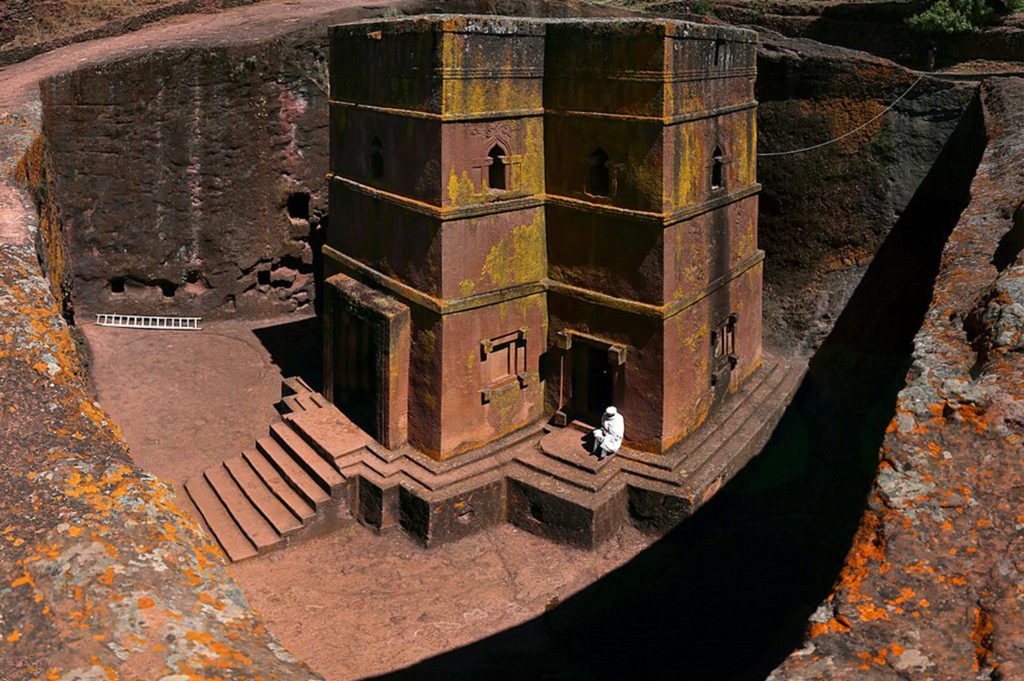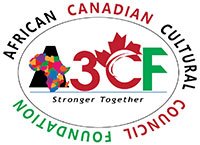May 5th, marks African World Heritage Day, an occasion to celebrate the exceptional cultural and natural heritage of the African continent.
According to the United Nations Educational, Scientific and Cultural Organization (UNESCO), culture is defined as a “complex whole which includes knowledge, beliefs, arts, morals, laws, customs, and any other capabilities and habits acquired by [a human] as a member of society.”
Some of the natural heritage of Africa includes:
Rock-Hewn Churches of Lalibela, Ethiopia
A major center of pilgrimage, the holy city of Lalibela is the site of 11 monolithic rock-cut churches, including the most well-known, the Church of St. George. Carved from solid red volcanic rock, the church’s construction is attributed to King Lalibela, who set out to build a “New Jerusalem” during the 12th century.

Victoria Falls – Zambia/Zimbabwe
Victoria Falls known locally as Mosi-o-Tunya’ (the smoke that thunders), is approximately 2700km from the ocean, along the mighty Zambezi River. The Falls towering sheet of water thunders down a 100 metres vertical drop and is 1.5km wide. It’s so large that there are even different countries on either side of the Falls; Zimbabwe on one side and Zambia on the other. Dr. David Livingstone the first European to see Victoria Falls during a research trip described his experience seeing this World Heritage Site as “scenes so wonderful it must have been gazed upon by angels in their flight”.
Serengeti National Park – Tanzania
The safari famous Serengeti provides lasting experiences making it a well-deserved World Heritage Site. However, it is not just the landscape that gives the Serengeti National Park its UNESCO WHS ranking. The wildebeest migration that happens here is the biggest of its kind. With two million wildebeest, zebra and gazelle (closely followed by some of Africa’s most fierce predators), this is a site to behold.
Serengeti National Park has Africa’s densest “big cat” predator population. One of the oldest ecosystems on the planet, lions, gazelles, zebras and spotted hyenas are among the many animals that roam the landscape. The Serengeti Plain is especially known for its annual wildebeest migration, which begins in December in the Ngorongoro area.

Great Lakes – Kenya
The Great Lakes of Kenya constitute part of the East African Rift Valley. It comprises of 3 lakes that formed due to tectonic activity. You may think, ‘what’s so magical about a lake?’. Well, these particular lakes are home to around 4million lesser flamingos. There are many other bird species and fish species in the area, but you’ll also find large mammals roaming the area. The specialty of this place lies within the continuing ecological and biological processes occurring and is a must-visit if you’re into animals of the flying-kind.
Kilimanjaro National Park – Tanzania
Mount Kilimanjaro is the tallest mountain in Africa. It is one of the largest volcanoes in the world. It has three main volcanic peaks, Kibo, Mawenzi, and Shira. The summit sits at 20,000 feet, overlooking mainland Tanzania. Between rainforest, farmlands and icy footpaths, one can find almost all of the world’s biomes on ones’ hike. Annually, 25,000 people hike Mt. Kilimanjaro, with two-thirds being successful. If you’re on a hike, make sure to do a coffee tour in the foothills. An absolutely magical experience… with even better coffee.
iSimangaliso Wetland Park – South Africa
‘ISimangaliso’ means miracle and wonder. This Park was listed as South Africa’s first World Heritage Site in 1999 as a response to eminent dune mining. The Park stretches over 332,00 hectares and provides many activities for tourists and volunteers alike. There are beaches, bird watching, estuary boat cruises (where you may spot a hippo or crocodile), deep sea fishing, game drives, horse riding, scuba diving, whale watching, with 8 interlinking ecosystems and many more.

Ngorongoro Conservation Area – Tanzania
The Ngorongoro Conservation Area (809,440 ha) spans vast expanses of highland plains, savanna, savanna woodlands and forests, from the plains of the Serengeti National Park in the north-west, to the eastern arm of the Great Rift Valley. It is a multiple land use area, with wildlife coexisting with semi-nomadic Maasai pastoralists practising traditional livestock grazing. It includes the spectacular Ngorongoro Crater, the world’s largest caldera, and Olduvai Gorge, a 14km long deep ravine.
The volcanic crater spans 20kms and is 600m deep. The area it occupies is 300sq kms and is home to countless of Africa’s most iconic wildlife species. It’s probably one of the most famous safari locations in the whole of Africa and, along with the Serengeti National Park, even inspired the Lion King film.
Stone Town – Zanzibar
Stone Town was – and still is – a Swahili trading town on the tropical island of Zanzibar, just off the coast of mainland Tanzania. While Zanzibar is predominantly known for its stunning, exotic beaches and warm waters, it is also known as the ‘Spice Island’ for its farming and processing of spices like cloves, turmeric and cinnamon. Way back when, many ships crossed Zanzibar and participated in trade with Swahili locals. The Stone Town of Zanzibar retains its urban fabric and townscape virtually intact and contains many fine buildings that reflect its particular culture, which has brought together and homogenized disparate elements of the cultures of Africa, the Arab region, India, and Europe over more than a millennium.
Robben Island – South Africa
When South Africa is mentioned in conversation, many things come to mind. One of those things may have been the Apartheid regime that dominated in the 20th century. Robben Island was famously known as the place where Nelson Mandela was jailed for 27 years. But, many don’t know the history of the island itself. The first people who were banished to the island were two Malagasy men who led a mutiny on a slave ship in 1766. The island was also used to house a leper colony in 1845 who were separated from society. There is no surprise Robben Island made the World Heritage Sites list based on its cultural significance.
Cradle of Humankind – South Africa
The Cradle of Humankind (a series of limestone caves around 50km from Johannesburg) is one of eight World Heritage Sites in South Africa and one of the most important sites in the world for connecting the history of human evolution. The site made world news after the discovery of ‘Mrs Ples’ – a 2-million-year-old hominid skull, which was discovered in 1947. The Cradle of Humankind has outstanding universal value with regards to the discovery and research from the ancient skeletons found in the site – the oldest dating back 3.5 million years ago. WOW.
Mana Pools National Park – Zimbabwe
“Mana Pools National Park is a World Heritage Site based on its pure wilderness and beauty.” The area borders with Zambia and when inscribed by UNESCO, was one of the most important sanctuaries for Black rhinos in the whole of Africa. Now, it has one of the highest populations of African wild dogs and some fantastic areas to see traditional bushmen cave paintings.

AFRICA Day
Africa Day is a day on which many African countries celebrate the achievement of their freedom from colonial powers. Learn more about Africa Day.
